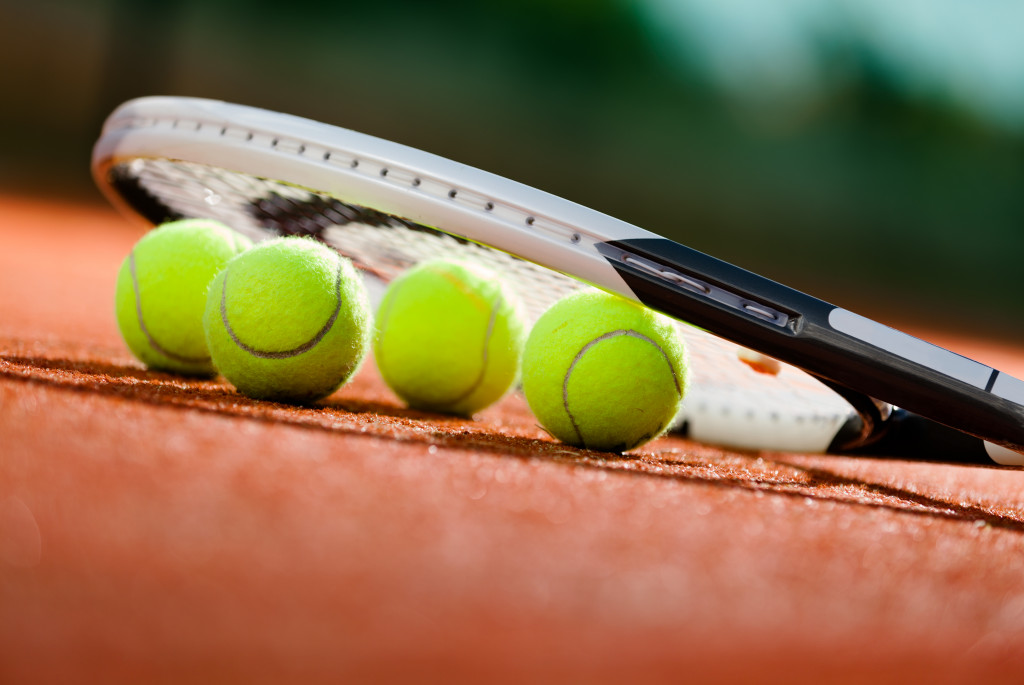- Regular inspections and maintenance are crucial to ensuring the safety and functionality of sports facilities.
- Outdoor setups, such as tennis courts and soccer fields, require specific upkeep procedures to remain in good condition.
- Encouraging responsible use of the facility fosters safety prolongs facility life, and nurtures community ownership.
- Sports facilities offer significant health, social, and community benefits when appropriately maintained.
Owning a sports facility can significantly benefit the local community. It provides a safe and structured environment where community members can engage in physical activities, contributing to overall health and well-being. According to the Centers for Disease Control and Prevention, regular physical activity can reduce the risk of various health conditions, including heart disease, cancer, and diabetes, by up to 40%. Moreover, sports facilities often serve as hubs for social interaction and community building. A study by the Social Planning and Research Council of British Columbia found that community sports involvement can increase social cohesion and community pride.
However, being responsible for a sports facility can also be daunting. Regular maintenance, cleaning, and other upkeep activities must be completed to ensure its safety and longevity. Here are some simple steps one can take to keep their sports facility running smoothly:
Schedule Regular Inspections

Regular inspections are vital for maintaining the safety and effectiveness of sports facilities. Through inspections, potential hazards can be identified and addressed before they cause injuries or worsen into costly repairs. A lack of routine inspection could lead to equipment failure, unsafe playing conditions, and even legal implications, all of which could tarnish the facility’s reputation.
Check Structural Integrity
Inspect the overall structure of the facility. Look for signs of wear and tear on walls, roofs, and support structures. Cracks, rust, or other damage could indicate potential problems that need immediate attention.
Examine Sports Equipment
Ensure that all sports equipment is safe to use. Check for loose parts, sharp edges, or signs of wear. Faulty equipment can pose a severe safety hazard to users and must be repaired or replaced promptly.
Review Lighting and Electrical Systems
Check the condition of lighting, electrical systems, and fire safety equipment. Poor lighting can lead to accidents, while faulty electrical systems could pose a fire risk.
Assess Cleanliness and Sanitation
Cleanliness is essential, especially in communal areas such as locker rooms, restrooms, and concession stands. Regular cleaning helps prevent the spread of diseases and creates a more comfortable environment for users.
Take Care of the Outdoor Setups
Outdoor setups are a crucial part of any sports facility, often housing a variety of sports activities ranging from tennis and soccer to athletics and swimming. These open-air setups offer space for physical activities and provide a refreshing atmosphere that indoor environments may lack.
Maintain Tennis Courts
For instance, tennis courts are one example of an outdoor setup that requires regular attention. If neglected, the surface can develop cracks and become uneven, leading to potential injuries and an unpleasant playing experience. Regularly sweeping the court to remove debris, checking the net and the posts for damage, and resurfacing the court as needed are all part of maintaining a tennis court. If there are more complicated repairs, you can consult with tennis court repair services to help you fix them.
Ensure Soccer Field Safety
Soccer fields are another popular outdoor setup. Regular mowing, irrigation, and line marking are necessary to keep the field playable. It’s also essential to inspect the goals for structural integrity and to ensure that corner flags and boundary lines are visible.
Regular Track and Field Inspections
Similarly, a track and field setup needs regular inspections to prevent hazards. The running track needs to be checked for wear and tear. Field event areas, like the long jump pit or javelin area, should be adequately maintained to ensure safety.
Keep the Swimming Pool Clean
Swimming pools, if available, must be kept clean and the water quality regularly tested. Chlorine levels, pH balance, and water clarity are all essential for the health and comfort of swimmers.
Ensure Responsible Usage

Promoting responsible usage of sports facilities is critical for a multitude of reasons. Firstly, it ensures the safety of all users. Irresponsible use can lead to unnecessary accidents and injuries. By instilling a culture of responsible use, facilities can minimize these avoidable incidents, promoting a safer environment for all.
Secondly, it helps maintain the longevity of the facilities. Equipment and infrastructures used respectfully and adequately tend to last longer and require less frequent repairs, which can result in significant cost savings. Additionally, a well-maintained facility presents an excellent image to current and prospective users.
Lastly, encouraging responsible use helps foster a sense of community ownership. When users understand the value and importance of the facility, they are more likely to take an active role in keeping it clean, safe, and well-maintained. This not only makes maintenance more accessible but also strengthens community bonds.
Final Thoughts
Owning a sports facility can be an enriching experience, both for the owner and the local community. Taking the proper precautions and promoting responsible use of the facility can ensure its safety and longevity while providing a beneficial space for recreation and social interaction. Sports facilities can become treasured places within their local communities with appropriate upkeep.

